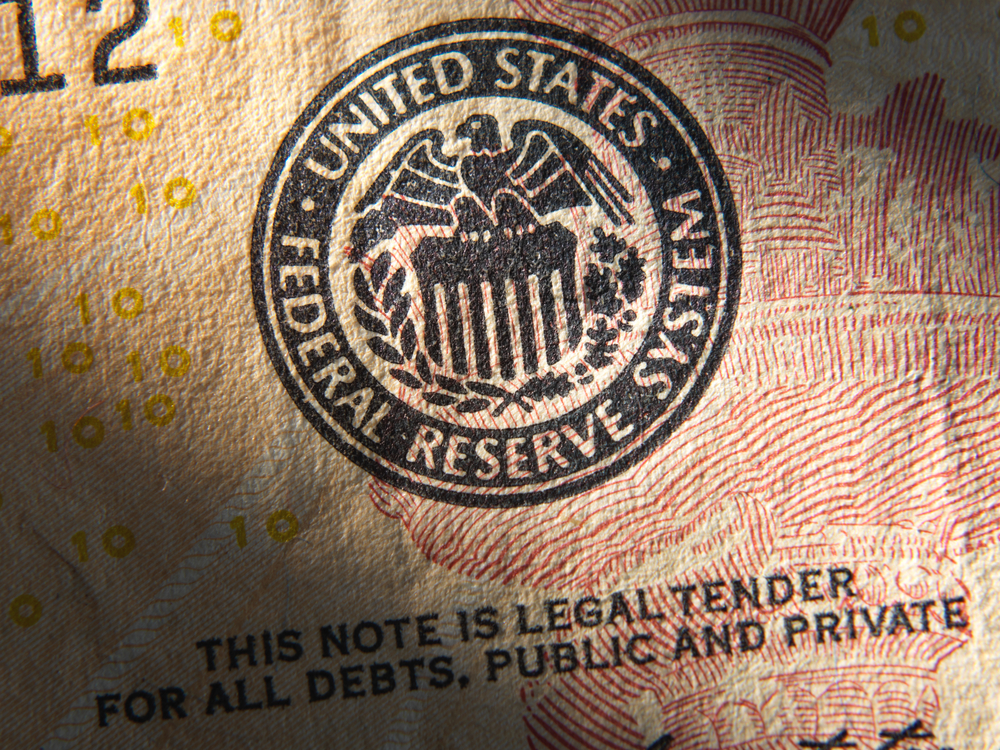Everyday, the Federal Reserve puts new money into circulation, and takes old, damaged money out. The bills that look a little too worse-for-wear are deemed “unfit currency” and destroyed.
Each year, the Fed recycles $200 billion worth of currency, and 70% of the new cash it ordered to be printed for 2017 is being used to replace old money.
Banks will give excess and old money to the Federal Reserve; it’s then taken to cash offices around the United States, where it’s counted and sorted.
What makes money too unfit to use? According the Fed, bills that have holes larger than 19 millimeters, or about the size of an aspirin, can no longer be used. Bills that are torn, dirty, or worn out are also removed. And 5-, 10- and 20-dollar bills produced before 1996 are removed automatically because of their age, regardless of condition.
All of those bills are sent to shredders and made into some very expensive confetti. The Federal Reserve used to send the shredded cash to landfills, but now 90% of the money is recycled. It’s used to make compost, potting soil, housing insulation or cement. Recycling plants in Los Angeles, Philadelphia and Seattle burn the shredded currency to generate electricity.
Want a piece, or a million, for yourself? The Fed sells 5-pound bags containing $10,000 of the now-worthless cash. At $45 a pop, think of it as a bargain…
The unfit money the Fed removes from banks is replaced with new bills, at no cost to the banks. The money is then circulated back to their branches and ATMs, where it could end up back in your hands, starting the process over again.

